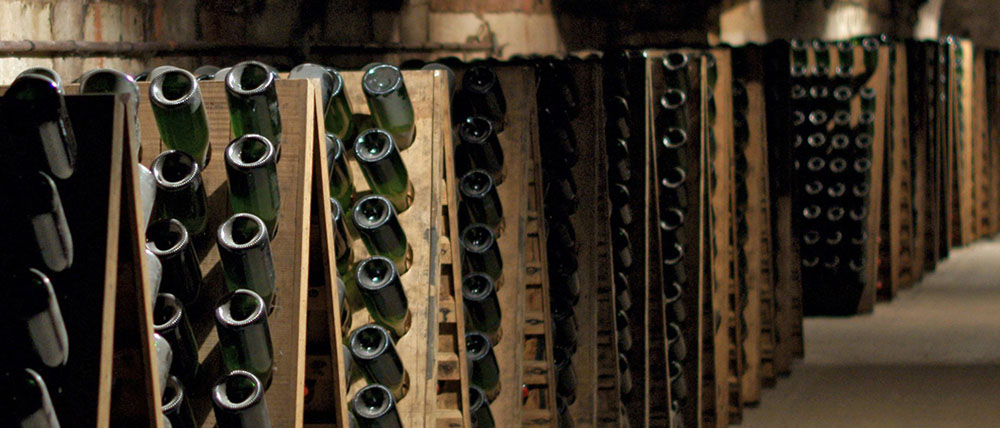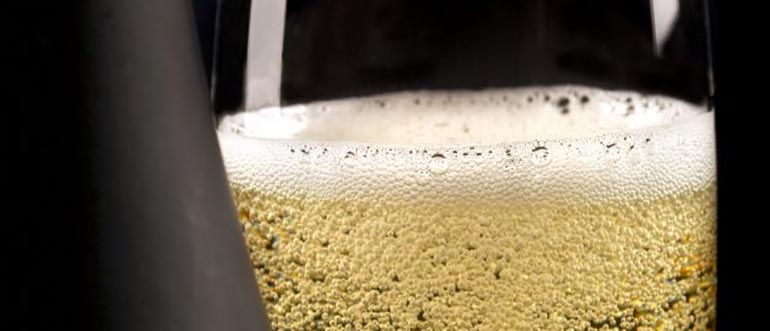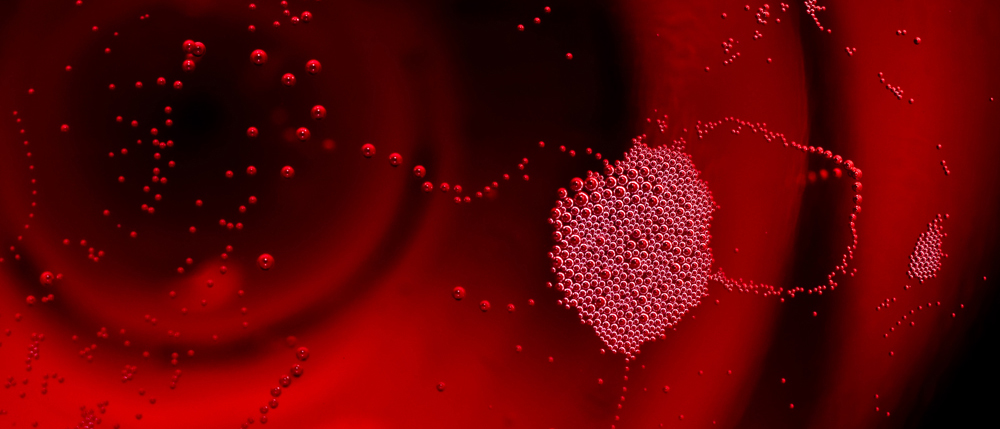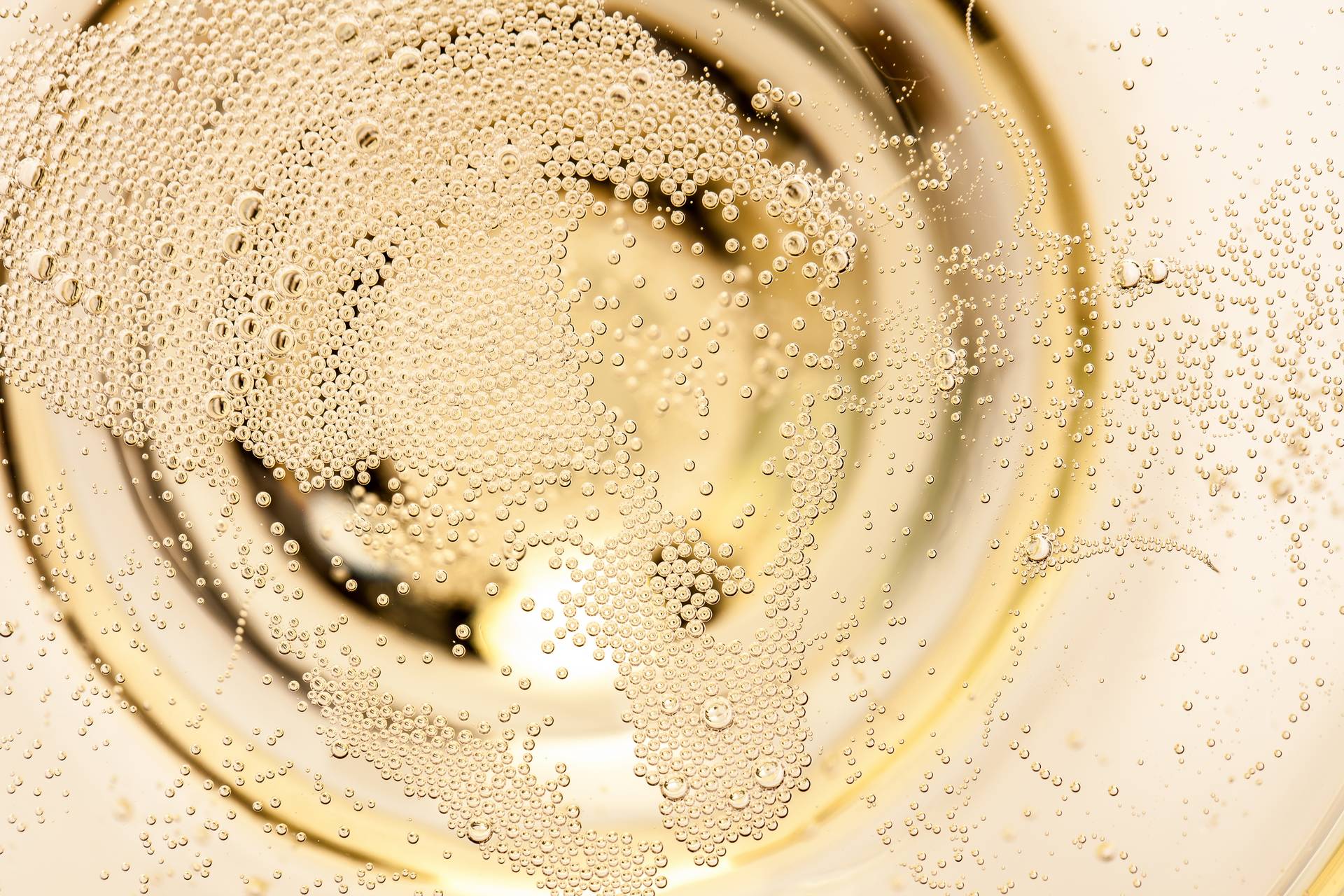Tasty reads
Italian sparkling wines Do we know them?

The categories people who know the different types of wine are mainly two:
If you do not belong to one of these two groups, you may experience an embarrassing moment when, taking a bottle you think is good to a friend’s house, you end up being told it is “cheap commercial stock.”
Let’s get some clarity, starting with the abc, so that it will be easier for you to navigate the world of Italian bubbles.
Well, no, because Champagne is a sparkling wine that is produced in the Champagne wine region of France. It is precisely this area that makes the characteristics of this wine unique and inimitable.
In Italy we produce other sparkling wines of excellent quality, which sometimes, are no match for their French cousin.
The word Spumante simply indicates a sparkling wine, but does not identify its level of sweetness, the type of grapes used or the method of fermentation.
The Martinotti-Charmat method and the Classical method are the two ways currently used to produce sparkling wine.
It is named after its creator, Asti’s Francesco Martinotti, who was the first to use an autoclave to make sparkling wine, and Eugenie Charmat, who patented the method and spread it throughout Europe.
Today, the autoclave is a stainless steel vessel in which the frothing is generated.
This is a fairly quick process (about 15 days), but lees contact can be extended for several months to obtain quality sparkling wines.
The classic method is the method of refermentation in the bottle and corresponds to the méthode champenoise.
The bottle is stored horizontally, and the wine remains in contact with the yeast, which settles to the bottom.

After a period of time (of a minimum of 9 months), the deposit must be removed, so it is brought toward the cap so that it can be expelled.
Many producers using the classic method use the same grape qualities used to make Champagne, such as chardonnay and pinot noir.
To choose a bottle of bubbly (even taking into account your personal taste) it might help you to know how to read the label.
So here are some terms that define its content, based on the amount of sugar in the wine:
Now that it should be clearer even to you, who may not know about wine, it is time to mention some famous bubbles of our nation.
Aromatic, fruity, sparkling and ideal for parties, Prosecco is produced in Veneto and Friuli-Venezia Giulia. The sub-region called Valdobbiadene is considered by far the most suitable area for the production of this wine.
The basic grape variety for its production is glera, a white grape, the percentage of which must constitute at least 85 percent of the total.

Prosecco winemaking follows the Charmat method, so it is suitable for consumption when young and fresh.
It is a classic method produced in Lombardy, more specifically in the province of Brescia.
The grapes used are chardonnay, pinot blanc and pinot noir, and the result in the glass is a straw-yellow wine tending to golden, with a fresh, fine and harmonious taste.
Directly from moscato grapes, this is an aromatic and sweet sparkling wine that can be made by the Charmat or classic method.
Its complex aromas make it perfect for accompanying desserts, but not to be underestimated is its pairing with aged, mildly spicy cheeses. Try it to believe.
White or rosé, it is a vintage classic method (i.e., it must always show the vintage year of the grape harvest on the label) and artisanal, highly prestigious.
This bubble is also made from pinot noir and chardonnay grapes, meticulously hand-picked and pressed whole.
The aging time on the lees is quite long (minimum 30 months), as required by the specification.
The typical sparkling wine from the province of Pavia, in the Oltrepo Pavese. To be regulated, there are four different types:
Needless to say, the most widely used grape for its production is pinot noir, to which chardonnay, pinot grigio and pinot blanc may be added in varying percentages.
Next to South Tyrol, at the foot of the Alps, Trento DOC is born.
The varietal composition here deviates slightly from what we named above and adds to the classic chardonnay, pinot blanc and pinot noir the meunier, a black grape typical of France.
The minimum fermentationtime on the lees is at least 15 months.
Lambrusco is a red sparkling wine produced in Emilia Romagna.

It can be produced by the Charmat or classic method, and its taste is amiable, with fresh yeasty flavors and a bitter finish.
It is perfect for drinking young.
An passant, we can mention a few other areas of sparkling wine production.
In Acqui, we recall Brachetto d’Acqui DOCG, an aromatic red sparkling wine.
In Friuli it is possible to find numerous Colli Orientali sparkling wines made from chardonnay, pinot noir, pinot blanc and friulano. The fresh and fruity flavors are really intense.

Even in Sicily and Apulia, although there is not much production, we are beginning to see the first sparkling wines. These are warm regions, so the scents are fruity and the tastes quite intense.
A curiosity? In Liguria, producer Bisson lets bottles of his prized sparkling wine mature on the seabed at a depth of 60 meters (200 feet).
